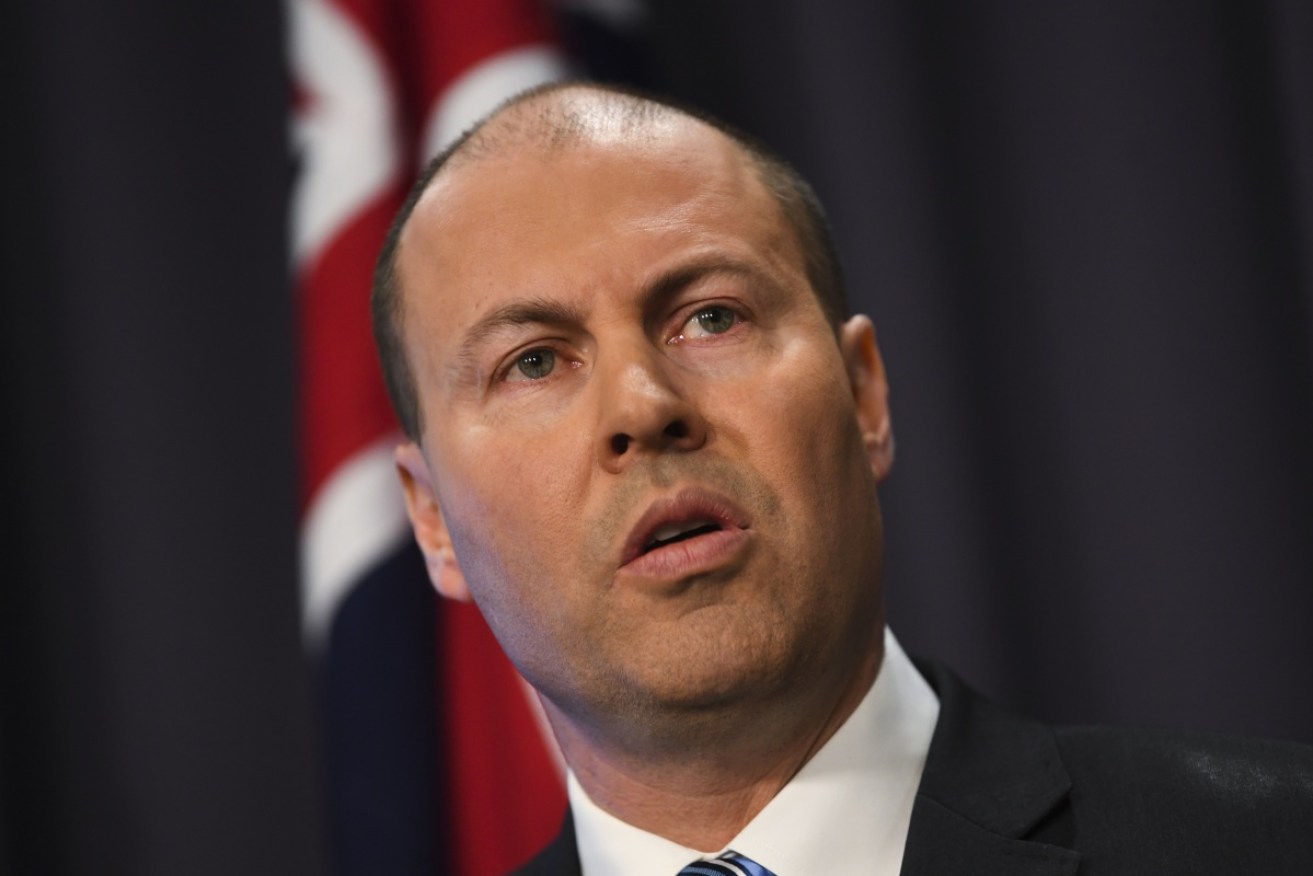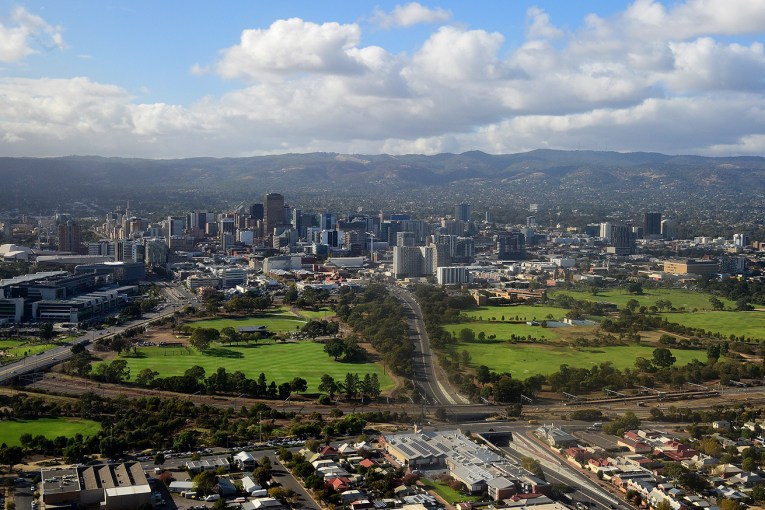Treasurer Frydenberg shouldn’t count on GDP boom continuing


Treasurer Josh Frydenberg wants older Australians to work longer to help the economy's debt burden, as the government pays $19 billion in annual interest. Photo: AAP
The June quarter national accounts gave Josh Frydenberg a dream start as Treasurer. The problem is that it’s likely to be downhill from here.
The new Treasurer was rightly delighted to tweet that 3.4 per cent GDP growth in the past financial year was the best since the height of the mining boom and better than any G7 country.
Come a May 2019 election though, the statistician’s 2017-18 scorecard will be very old news. Within the detail of the latest national accounts, the things that made the June quarter great look like making this financial year’s growth less so.
Most obviously, the biggest growth driver in the June quarter was household consumption, contributing 0.4 of the 0.9 percentage points seasonally adjusted GDP growth.
With real wages flat, that spending growth came from population growth and Australians borrowing more and running down savings.
The government is quietly working to reduce population growth and there’s a limit to how far we’re prepared to push debt. There remains no indication of solid wages growth.
The last time our savings ratio was this low, the nation was riding the strong wages growth of the pre-GFC resources boom – a boom that was supposed to never end. Now our savings are low and falling with a more uncertain outlook.
Household savings ratio

Much of our debt has come from soaring housing prices that encouraged greater investment in housing. As the Australian Bureau of Statistics’ analysis noted: “Investment in new dwellings increased 3.6 per cent for the quarter with strength observed in Victoria and South Australia. The recent pick-up in new-dwelling investment reflects strong approvals in early 2018 which are now flowing through to commencements.”
Yes, but guess what has been happening to approvals lately? They’ve been steadily and understandably cooling from the strong figures half a year ago, which indicates a fall in new-dwelling investment lies ahead.
What’s more, new housing plays a major role in household expenditure – all those new appliances, floor coverings and furniture. The ABS counted furnishings and household equipment among the strong components of household expenditure growth.
The new financial year started with retail sales flat in July.
Interestingly, the statistician noted weaker vehicle sales in the June quarter, but that was before vehicle sales really weakened. July vehicle sales dropped 7.8 per cent from the same month last year.
August vehicle sales figures, published at almost the same time as the national accounts, showed a smaller fall of 1.5 per cent, not as bad as feared but a fall nonetheless. And as an indicator of where the consumer is heading, private sales were down 6.8 per cent, the overall figure softened by business sales rising 2.8 per cent. Like housing investment, vehicle sales are retreating from a record period.
(For those of us with an interest in vehicle trends, passenger car sales continued to plunge, down 13.4 per cent on the previous August, while SUV sales climbed 8.3 per cent. For the first eight months of the year, SUVs have a 42.8 per cent market share, compared with passenger cars’ 33.6 per cent and light commercials’ 20.2 per cent. And the once-mighty Holden is only just holding onto sixth place with 40,897 sales ahead of a climbing Kia with 40,371 sales.)
So it would be a brave treasurer relying on households to further run down savings and increase debt to maintain last year’s growth.
Meanwhile, the NAB business conditions survey has been steadily easing from its April peak. Conditions are still good, with a major reliance on residential and infrastructure construction, but the growth necessary to show up in GDP figures isn’t obvious.
And there’s another for Mr Frydenberg heading towards an election: the base effect. It’s possible to look good coming off a weak base, but harder to post solid gains from a higher start.
Combine all that with much of the electorate simply not feeling the economy was doing anything near booming in 2017-18, and Mr Frydenberg has a tough job ahead of him to convince voters they’re really doing well when he will have weaker figures.
It again points to plenty of big spending promises before the election. So far this week we’ve already seen two major leaks in that direction – a plan for $7.6 billion worth of road and rail investment in marginal seats and $3.6 billion for bringing forward small business tax cuts.
Along with scrapping policy to extend the retirement age to 70, it looks like we’re already in election mode.








